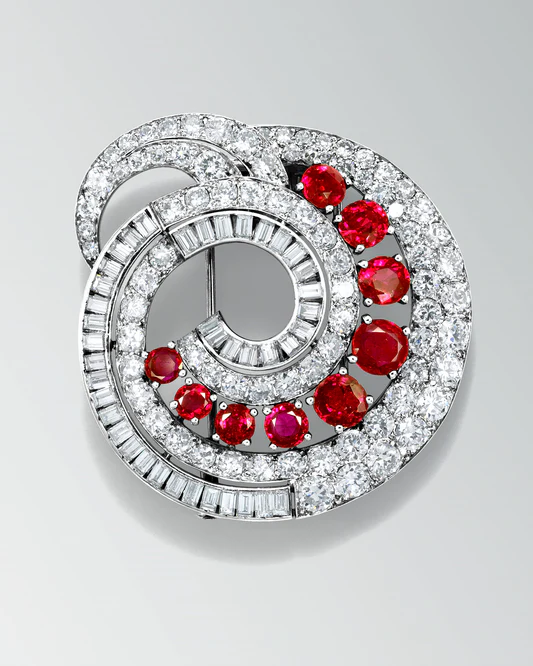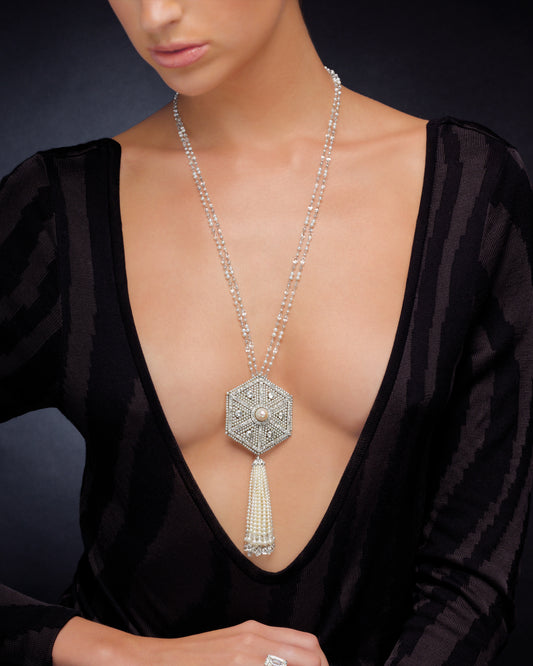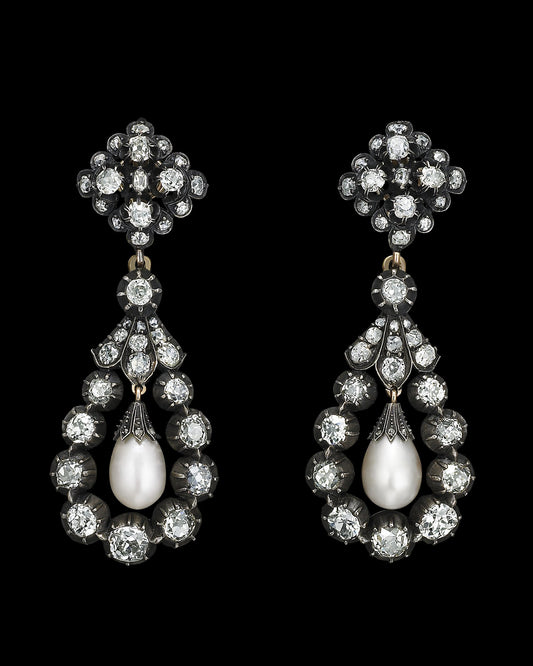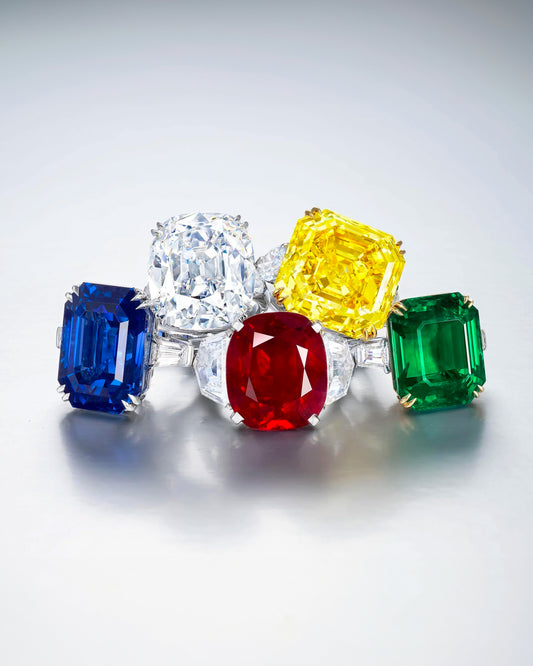
The diamond capital
of the ancient world
Considered the most famous diamonds in history, Golconda stones have been a source of fascination and intrigue for centuries. Discovered in India more than 2,000 years ago, these diamonds are of incomparable beauty. Transparent, luminous and pure, they have inspired legends of cursed stones and snake-infested valleys, and earned a near-mythical status, such is their rarity.
For thousands of years, India was the only country producing diamonds, with the most prized originating from the historic kingdom of Golconda in south-eastern India, close to modern-day Hyderabad. All the diamonds discovered in Golconda’s alluvial mines were brought to Golconda Fort, a hilltop citadel housing a royal palace, mansions for the nobility, a treasury where diamonds like the Koh-i-Noor and Hope Diamond are said to have been kept as well as a bazaar where traders flocked to buy diamonds. Until the end of the 19th century, when the ancient Golconda mines were exhausted, the Fort was the primary source of the finest and largest diamonds in the world.
Historical illustration of the Golconda Mines
Symbols of
power & prosperity
Rulers and royalty around the world fought over owning a Golconda diamond, with the Mughal emperors benefitting from the first pick of gems from the mines. Some were exported to Europe to decorate the crowns and sceptres of kings and queens. Many more were kept in India, passing between members of the ruling classes as symbols of power and prosperity.
Everything changed in 1947 when India exited the British Empire, and the aristocracy were stripped of their princely privileges. Former maharajahs needed to sell their treasures fast, prompting a rapid flow of Golconda diamonds into the US and Europe. Ronald Abram’s father, Simon was one such buyer. He relocated to India specifically to acquire important gems such as Golconda diamonds to send back to his family of gemstone dealers in New York.
“Four-Leaf Clover” Diamond Brooch circa 1905-1915, by Tiffany & Co.
The difficulty of authenticating Golconda diamonds
There is no way to ascertain how many Golconda diamonds there are in the world. Simon Abram’s grandson, JJ knows there are far fewer today than there once were because many have been recut in recent years, removing one of the defining characteristics of a Golconda diamond: an antique cut.
Provenance is key to identifying Golconda diamonds. JJ recently spent several months corroborating his theory that four pear-shape diamonds in a newly acquired Tiffany Four-Leaf Clover brooch were, indeed, Golcondas. By gathering the evidence – a certificate from a Tiffany archivist confirming the brooch was made by the New York jewellery house circa 1905-1915; the unique transparency and colour of the diamonds; their Type IIa certification and their antique cuts – he pieced it together. In his opinion, together with that of other professionals, these four diamonds are authentic Golcondas.
The Hope Diamond
Clear as glass, whiter than white
Beyond their history and mystique, Golconda diamonds are a blueprint of the perfect collector’s diamond, with no stone coming close to a Golconda in terms of purity or transparency. A Golconda diamond possesses such a high degree of whiteness, limpidity and sharpness to its crystal structure that light appears to pass through it unimpeded, like the purest mountain waters.
It is these revered, colourless gems that comprise most of the known Golconda diamonds, however coloured diamonds were also uncovered in the Golconda mines – pinks, blues and greens that today form part of important museum and private collections. These include the supposedly cursed Hope Diamond, the Dresden Green, the largest natural green diamond ever found, and the rose-hued Agra Pink.
JJ describes how a coloured diamond of Golconda origin is nothing like today’s coloured diamonds, which are cut to maximise colour and vibrancy. The more rudimentary methods used to shape Golconda stones mean that what you see is their truest colour, completely free of enhancement. Cut by hand with great skill and creativity, their glowing beauty is minimalist and uniquely charming.
7.34 carat Fancy Vivid Purplish-Pink Diamond
A pink diamond fit for a Maharajah
One such stone is a 7.34 carat Fancy Vivid purplish-pink Golconda diamond that has passed through the House of Ronald Abram not once, but twice. Rich in colour, character and heritage, during the early 20th century it belonged to the Maharajah of Nawanagar, who wore it often as a personal talisman. Among the most important pink diamonds in the world, its antique emerald cut and highly saturated fancy vivid colour place it in a class of its own.
You cannot simply decide to acquire a Golconda stone, you must wait for the moment to present itself. It is for this reason that Golconda diamonds are considered the pinnacle of gemstone connoisseurship and the ultimate acquisition for serious collectors.









